Dominated by electric in some form or another, the seven shortlisted for Europe’s Car of the Year title were all worthy of making the final cut.
And for the first time in many years, most of my favourite new cars launched for sale this year made it into the shortlist.
One exception was the new Toyota Prius, a stunning redesign combined with an impressive plug-in hybrid set-up. Unfortunately, it is not being sold in several European markets, so it was always going to struggle for votes.
Another car that potentially deserved a slot on the shortlist is Hyundai’s Ioniq 6. Divisive in its styling, it’s a very impressive car to drive and buyers will not be disappointed.
That said, neither would have toppled my top two for this year’s vote. Each jury member gets 25 points to distribute between the seven finalists. So here are my ratings – and reasons – on the seven finalists for Europe’s Car of the Year 2024.
Toyota C-HR: 1 point
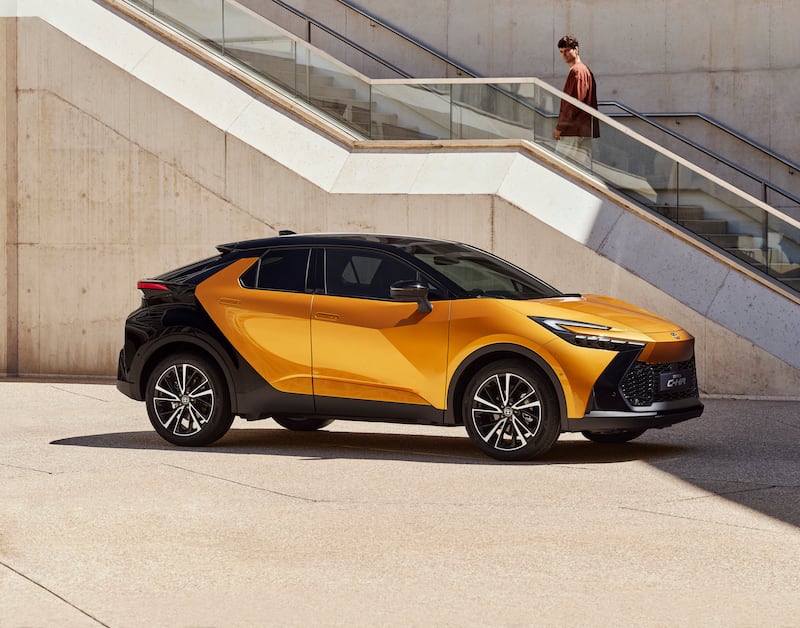
Toyota claims to make cars for everyone, for use every day, and everywhere. This may be the exception to that rule. The C-HR is designed for Europe and predominantly for the driver. Matching the best the brand has to offer in terms of its hybrid technology, the smart styling of a compact crossover and a cabin that would do Lexus proud, the recipe is right. Yet the rear space is tight and the driver-orientated central console suggests a degree of selfish indulgence that leaves all other occupants as an afterthought. It’s a nice car to drive in all its variants and it handles well but it lacks the level of practicality buyers expect from this brand at this price.
Kia EV9: 1 point
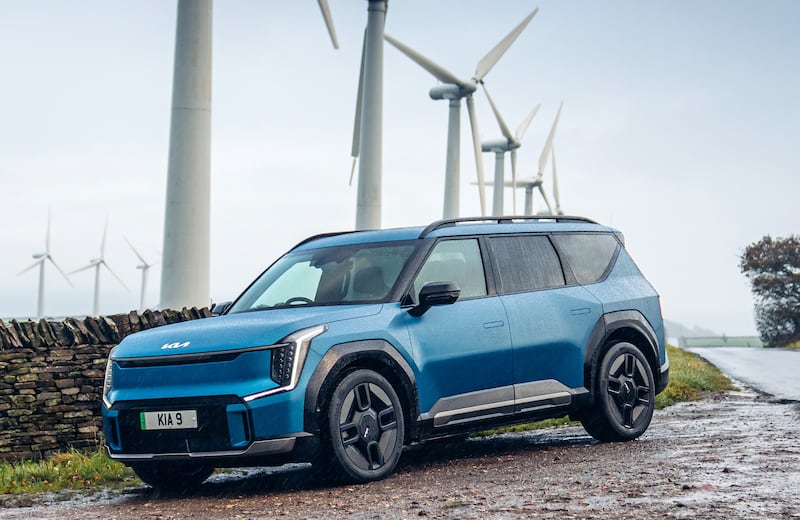
It’s a big all-electric seven-seater and that’s a format many families have been waiting for, so Kia should be on to a winner with this car. Price is going to be an issue – this isn’t cheap – but it delivers massive practicality and it’s all cloaked in a smartly styled SUV with a powerful battery delivering useable range. Price is not the only hurdle, however. This car is big – and feels it around tight European roads and streets. It’s stature also impacts on the ride and handling of the car, where it doesn’t deliver the same nimble agility of its award-winning EV6 sibling, with which it shares its underpinnnings.
Peugeot 3008: 2 points
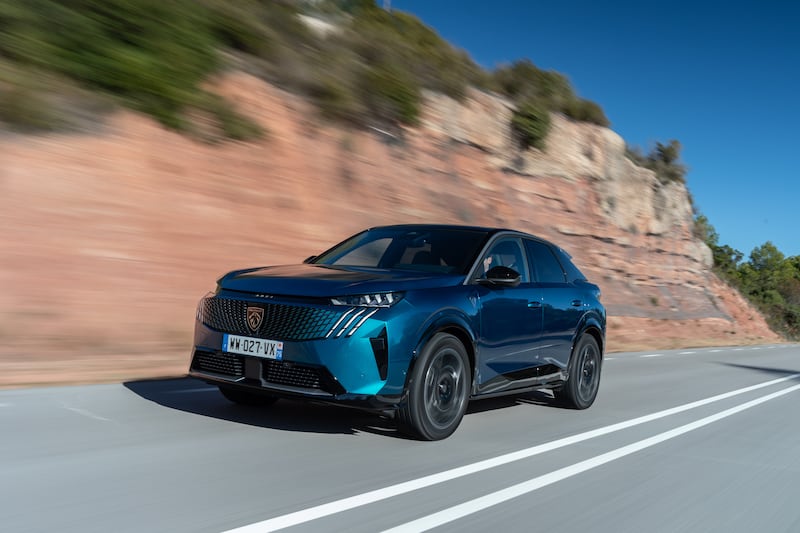
The original 3008 was a revolution. It turned around the fortunes of Peugeot and redefined it for consumers and critics. Awards duly followed. Lovely to drive, it had a game-changing cabin that was a match for many premium brands. All it lacked was the leap to electric.
Enter the new generation, to be offered in all flavours – from mild-hybrid to full electric. For the EV version, two battery sizes are on offer: 73kWh and 98kWh.
In trying to cover all bases and make room for the sort of battery packs that will deliver top-level range, invariably there is a price to be paid, and it’s a heavy car. This shows up when you tackle a series of bends or a bumpy road.
The cabin is as beautiful as the first generation, and it is streets ahead of its rivals with their swathes of hard plastic. The long-legged range will suit those who don’t have faith in the public charging infrastructure but still want to move to full electric. It’s a refined offering, but doesn’t deliver the driving spark that made the original 3008 a stellar success.
Volvo EX30: 3 points
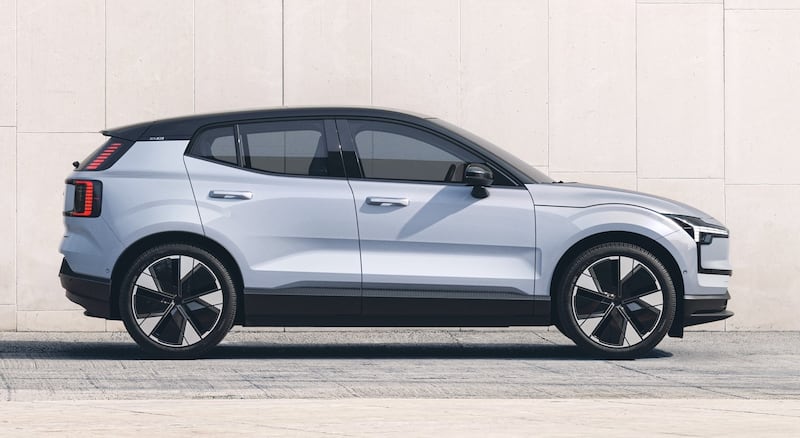
It’s the most affordable all-electric Volvo on the market. It’s also the fastest Volvo ever made. It’s not just fast – this rather formulaic compact family car can outrun most supercars.
For €52,995 you can get yourself a little boxy school-run SUV that can get from 0-100km/h in 3.6 seconds. Forget about hot hatches. Remember the famous Ferrari Enzo from 2002 and auctions these days for circa €3.3 million? Well, this Swedish crossover can match its pace.
When you are not leaving Ferraris standing at the lights, what you have is pretty much the standard fare Volvo package, from the chunky styling to the comfy seats. Only this time there’s a lot less on the dash. Virtually every control is operated through two stalks, steering wheel buttons, or the 12.3-inch central tablet touchscreen. And because they opted for a sound bar running across the bottom of the windscreen – saving the need for speakers in the doors – there is no room for a heads-up display.
It’s an odd move, particularly for Volvo, a brand that plays on its reputation for being obsessively safety conscious. Here you have the fastest car they’ve ever made and they’ve moved the speed display away from the driver’s direct eyeline.
That said, there is no shortage of safety features and alerts, including useful warnings if you’re about to open the door on to a passing bicycle or car.
Volvo has been an eager adherent to the sustainable production principle, understanding that the carbon footprint of the car begins during production and not just when you take it on the road.
However, the end result is a cabin that feels a little austere. It’s functional, but the lack of switches – and a driver’s screen – is a step too far.
My biggest qualm with this car is that nobody asked for a hot-hatch Volvo crossover. This compact crossover is meant for family buyers and that’s why the single-motor version is more than enough. Its potential buyers will be more focused on practicality than performance.
Renault Scenic: 4 points
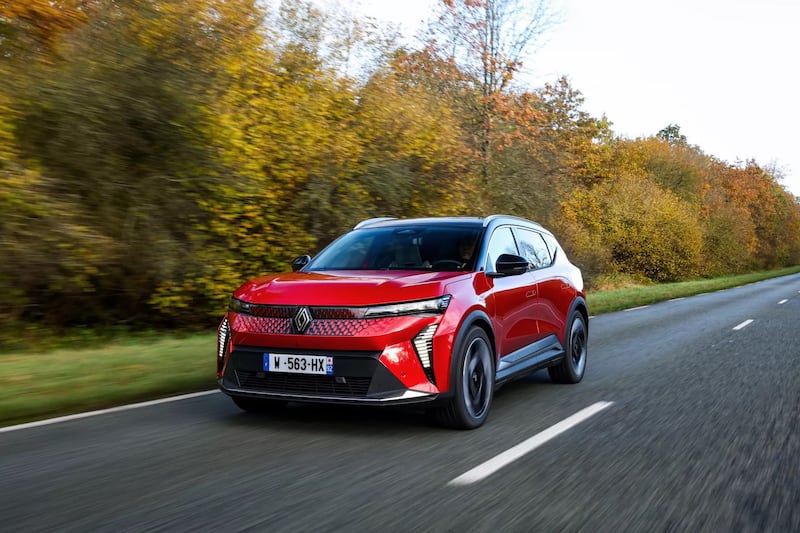
This is a very impressive EV and a handsome car that’s good to drive and offers a smooth ride.
The original Scenic was an innovative gamechanger for young families. This car doesn’t deliver any of that same magic. It begs the question: is this just a bigger Megane E-Tech, with better rear-seat legroom and a bigger battery?
It has a fancy pair of brackets in the rear-seat armrest that hold your phone or tablet, and the Solarbay glass roof that can be rendered opaque in sections by LCD switching. Renault also commissioned Jean-Michel Jarre to compose the various beeps and bongs, such as the pedestrian warning noise. Those don’t make up for the fact the second-row seats no longer slide.
The battery set-up delivers competitive range and while the ride can be firm, it’s generally comfortable.
If you’re looking for a spacious family EV crossover and in that regard, this Scenic is a very good car. It’s just that with this moniker, we were hoping for more.
BMW i5/5 Series: 6 points
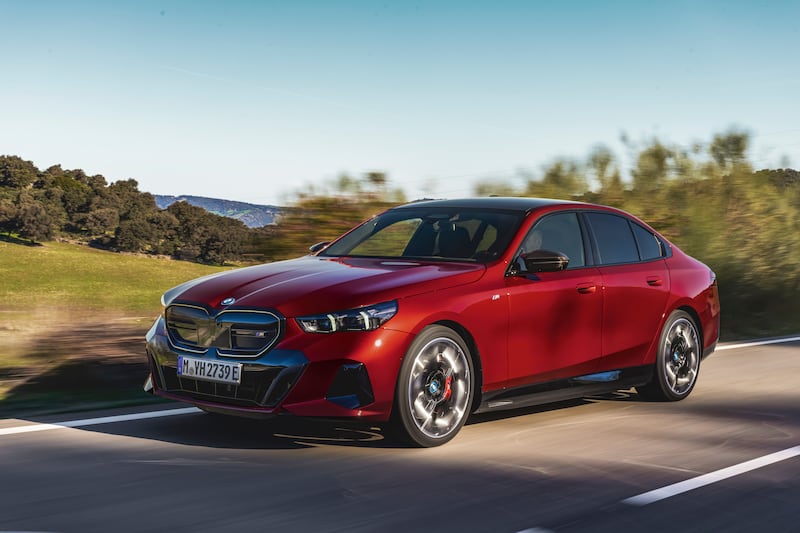
This is the eighth generation of BMW’s business class saloon. It’s a mainstay of the executive market and for decades formed the benchmark against which others were judged. Recently Mercedes-Benz has closed the gap, overtaking them, in our opinion, at the last test.
This new generation adds full electric to the mix, and looks likely to change the demographics of its fleet, once dominated by an impressive 2-litre turbodiesel that was the go-to choice for many European buyers.
This time the range will be dominated by a choice of mild petrol-electric hybrids, full hybrids, plug-in hybrids and all-electric versions in the form of the i5 iterations. Even the upcoming M5 will be a planet-saving plug-in hybrid, putting out 700bhp.
It’s easy to get distracted by the tech in this car, but BMW’s DNA has always been about the driving.
The first thing you notice about the new 5 Series, if you don’t get lost in the apps, is its size. This is a big car, measuring in at more than 5m.
Taking that into account, the ride on the new 5 is sublime. It’s a rather complex suspension set-up, but it delivers and this big car can corner – and at speed.
The magic in the i5 comes with the boost button, particularly in the M60 variant which takes the 340bhp regular rear-wheel drive version, then adds another electric motor to deliver four-wheel drive, doubles the torque and throws in an extra 261hp for good measure.
BMW has tried to cover every base with this car: it embraces the digital car ethos, awash with tech; it comes in all the eco-friendly formats; it retains most – if not all – of the driving pleasure of the past. It just comes with a very hefty price tag.
BYD Seal: 8 points
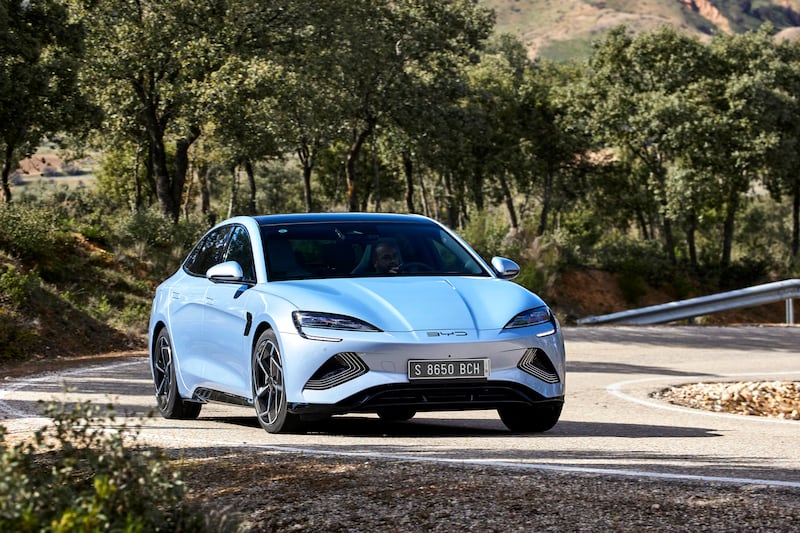
This car has been the biggest surprise of the year so far. We were expecting just another solid but forgettable Chinese EV. Amid the crowd this car really stood out.
It’s incredibly fast, sleekly styled and though the interior dances along the line between plush and bling, it just about manages to stay on the right side of it.
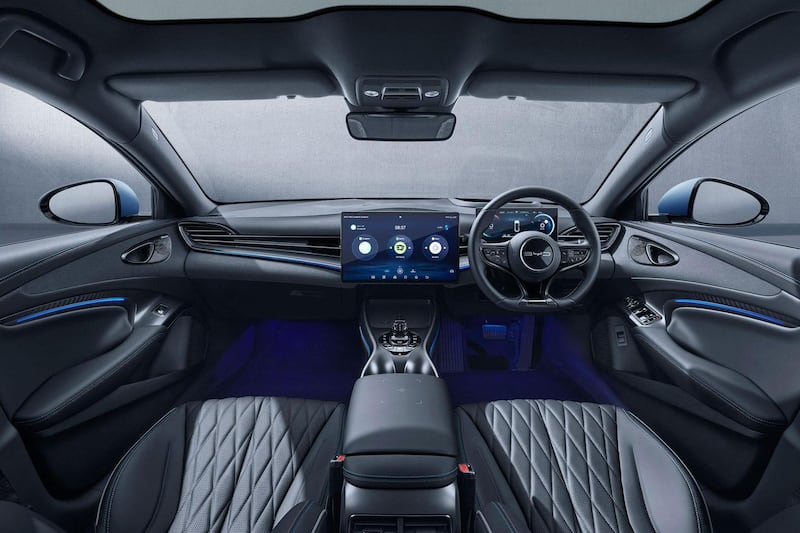
Thanks to its “Blade Battery” set-up, BYD – which is at heart a battery maker – has an edge on rivals in terms of its packaging and also its battery chemistry. Its cells have electrodes of lithium, iron and phosphate (LFP). The benefits of LFPs are that they are cheaper, more durable and less prone to overheating on rapid charging. They tend to have longer lifespans as well. BYD also show that they’re no slouch when it comes to performance either. What’s more, they don’t use the rarer metals such as cobalt or manganese.
The Seal is not without its flaws, though. We’ve driven several Seals and in a few cases we found the steering to vibrate more than on others.
Yet its overall ride quality is supple and cosseted, while it threads very neatly through the bends. The steering is well-calibrated for a sporty saloon and the braking manages to mix a good balance between its regenerative efforts and its anchoring needs. Like all the cars that lean on a central touchscreen to manage the controls, the plethora of menus can initially drive you demented, but we quickly found our way around after a few hours.
Overall it’s a surprisingly strong offering that looks smart, is fun to drive, delivers impressive range and is remarkably well-priced. That’s enough boxes ticked to make it our top choice for 2024.




















